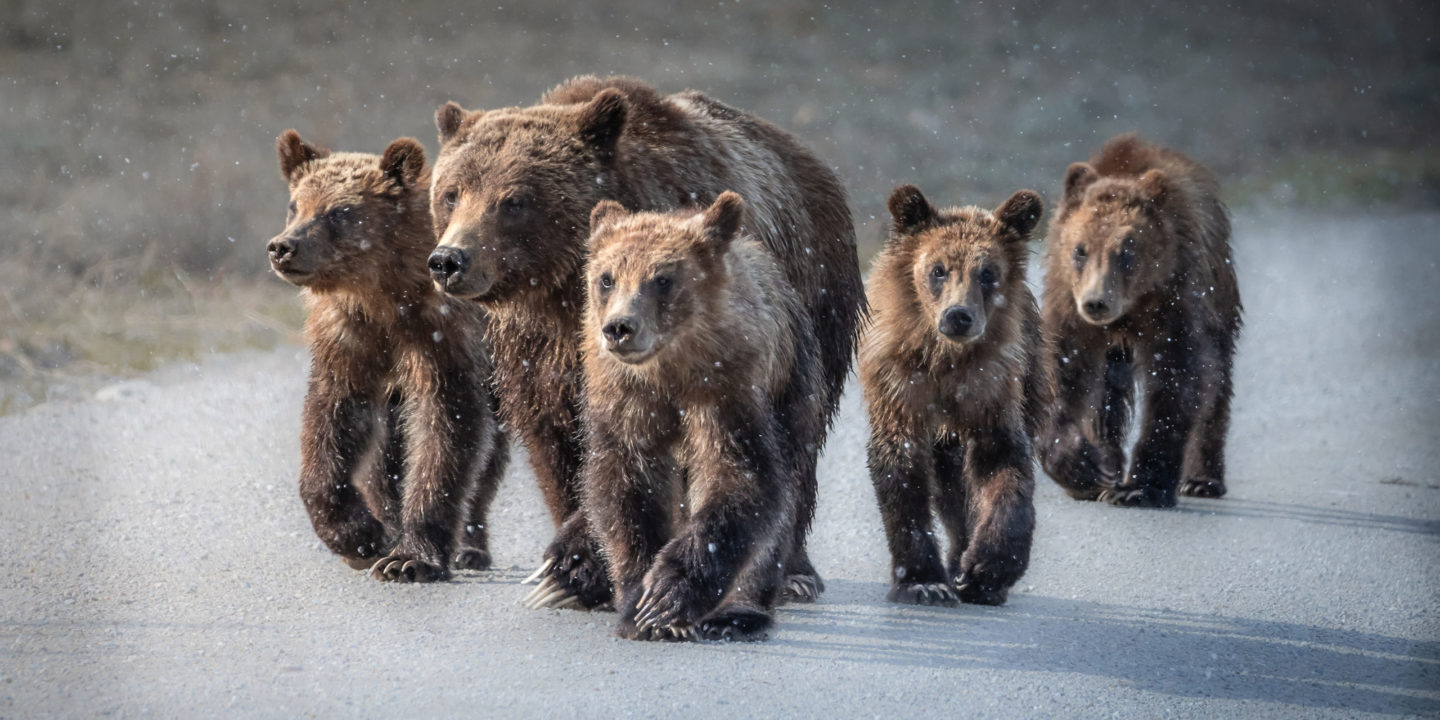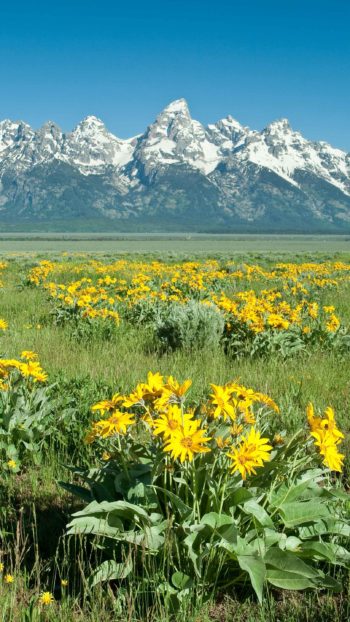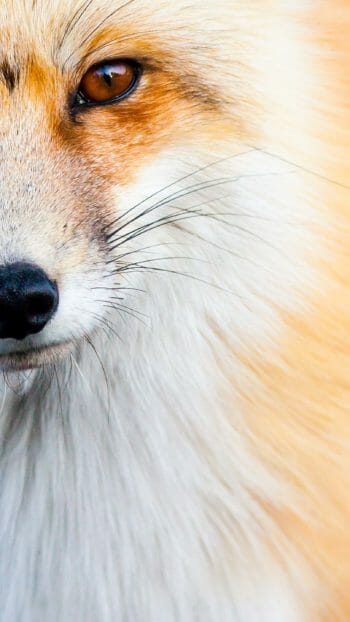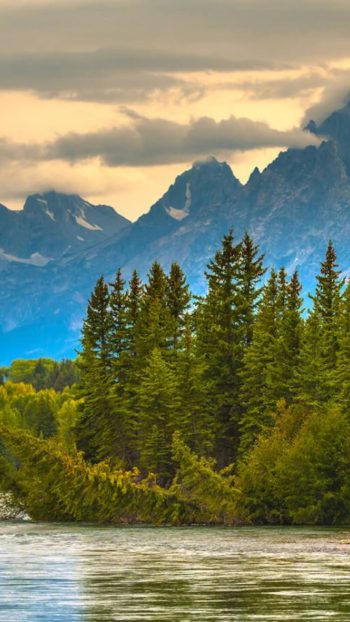Jackson Hole- hearing this name conjures images of breathtaking mountains, pristine winding rivers, majestic wildlife, and world-class skiing. But why is it called Jackson Hole, and what is the difference between ‘Jackson’ and ‘Jackson Hole’?
In the age of mountain men and fur trappers, the term ‘hole’ was used for high mountain valleys. Jackson Hole, previously known as ‘Jackson’s Hole’, refers to the open valley that lies between the Teton and Gros Ventre mountain ranges. Jackson is the town, which is in Jackson Hole. So, Jackson Hole is the entire valley that includes Grand Teton National Park, the National Elk Refuge, and the town of Jackson.
Jackson Hole became famous in the 1800’s during the era of fur trapping. Mountain men set off into the Wild West to trap beavers to sell their pelts- an endeavor that promised adventure and wealth. The low valley with lush forests of aspen and winding rivers provided prime habitat for beaver. To this day, the beaver thrives and the pristine nature is protected through the federal lands of Grand Teton National Park. Lakes, rivers, sagebrush flats, forests, and alpine habitats sprawl across Jackson Hole.
The town of Jackson, which has grown significantly since its establishment, retains the small town western charm of early days enmeshed in modern luxury. Centrally located fairgrounds hosting several rodeos a week during the summer months, nightly shootout performances in the town square, and a horse drawn coach to show you the town embody the spirit of the frontier. While separate entities, Jackson and Jackson Hole are undoubtedly interlinked.
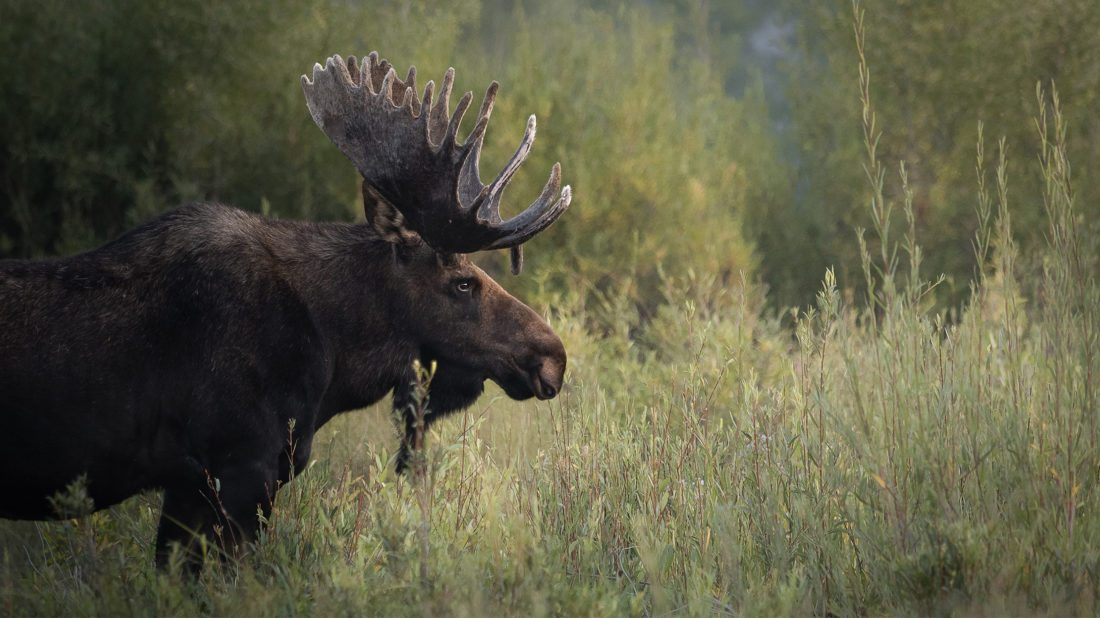
History of Jackson Hole
Native Tribes
The history of Jackson Hole dates back far earlier than its fur trapping days. Human history stretches 11,000 years into the past with the rich lives of the Native tribes who first inhabited the region. Many tribes called this region home or traveled here for its resources, such as the Arapaho, Arikara, Bannock, Blackfeet, Cheyenne, Crow, Gros Ventre, Kiowa, Nez Perce, Sheep Eater, Sioux, Shoshone, and Ute tribes There is still evidence of their lives in the valley if you know where to look- a reminder that there was a whole human world existing here before modern settlers built their communities.
The Shoshone and the Crow were the primary tribes in the valley. The Shoshone, also known as the Eastern Shoshone, were nomadic hunter-gatherers who ranged across a vast territory in the American West, including parts of present-day Wyoming. They were skilled horsemen and relied on the abundant wildlife of the area for sustenance. The Shoshone had a deep connection to the land and its resources. The Crow people, also known as the Absaroka or Apsáalooke, inhabited areas of present-day Montana and Wyoming, including parts of Jackson Hole. Like the Shoshone, they were nomadic and relied on bison hunting as a primary food source. The Crow were known for their distinctive teepees and their expertise in horse breeding and riding. It was common practice for tribes to follow the elk on their migrations, leaving the valley with them when the inhospitable winter moved in and returning for the rebirth of spring resources.
Native tribes lived in the Jackson Hole area long before the arrival of European settlers, and their way of life was deeply intertwined with the natural environment. They had intricate social structures, rich spiritual beliefs, and diverse cultural practices that allowed them to thrive in this rugged terrain. Today, their descendants continue to preserve and celebrate their heritage, contributing to the cultural tapestry of the region.
Early Exploration
The first Anglo explorer into what we know today as the Greater Yellowstone Ecosystem was John Colter. Colter was a part of the Lewis and Clark Expedition between 1804 and 1806. During the return trip in 1806, he split off from the party to backtrack with fur trappers that they encountered. For the next two years he explored further, leading him through present day Yellowstone and Grand Teton National Parks and becoming the first person outside of the Native tribes to see Jackson Hole.
Fur Trappers
Jackson Hole drew in fur trappers and mountain men from far and wide with its promise of adventure, glory, and abundance of novel wildlife. Explorers from the east coast of the US and adventure seekers from Europe struck out for months’ long excursions into the wilds. The fur trade was booming, spurring fierce competition amongst fur trading companies. French fur traders were prominent hires in the trading companies. They would travel to rendezvous points and trade goods for furs that they would have sent back for sale. Trappers, which included mountain men, from the East Coast, Germany, England and more were contracted to reach a quota of certain pelts that were in high demand on the East Coast and in Europe.
In 1822, a Virginian man by the name of David Edward “Davey” Jackson saw an ad in a Missouri newspaper hiring fur trappers for the Rocky Mountain Trading Company. Despite his wife’s disapproval, he joined the company and ventured out west where he would work as a trapper for the next 8 years. During this period, he saw many trials and tribulations in his line of work before forming his own fur trading company with others he met on the job. Jackson established the valley by the Tetons as his trapping territory, leading to the naming of Jackson Hole.
A Shift to Tourism
Fur sales plummeted by 1845 when fashions experienced a shift in styles and materials amongst the customer base, and those in the fur business had to adapt and look elsewhere for work. Anglo explorers vacated the area for a time, until expeditions ramped up to explore the Greater Yellowstone Ecosystem. With the establishment of Yellowstone National Park in 1872, tourism quickly increased as visitors from the east coast flocked to the region. Jackson Hole was a prominent landmark, and in 1884, homesteaders began to claim plots of land using the Homestead Act signed by president Abraham Lincoln. Over the next couple of decades, visitation increased, encouraging the development of dude ranches to provide lodging and leisure activities to visitors. Since then, tourism has exploded as the major industry of Jackson Hole, making it a fabulous destination for families, friends, and outdoor enthusiasts!
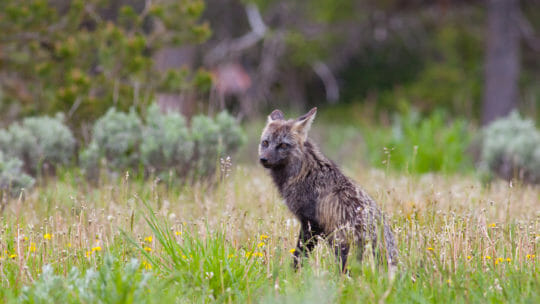
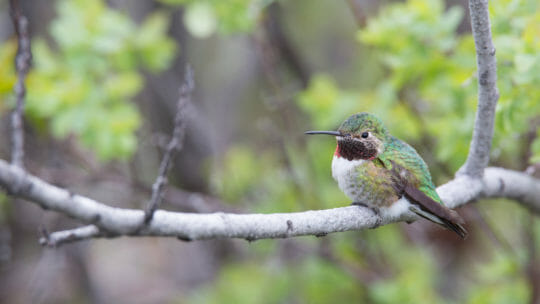
Visiting Jackson Hole
When you visit Jackson Hole, it won’t take long to realize why this has been such a popular destination for people far and wide for so many years! The awe and admiration for the wild nature of the valley and its mountains is universal. If you’re a frequent outdoorsman or looking to step away from the computer to reconnect with nature, this is the ideal getaway for you.
Dive headfirst into the rich history and stunning biodiversity on a tour with Jackson Hole Wildlife Safaris! Going with a local, expert guide will open up the landscape to you in a way that isn’t possible on your own. Get inner knowledge about every aspect of the park from life in the early days to modern day living. Learn about the charismatic wildlife that thrive here, giving you the very special opportunity to see them in their natural habitat. We provide high-quality optics including personal binoculars and high-powered spotting scopes for an extraordinary close-up view! Every question and musing that you have about what you see is enthusiastically answered and discussed by your personal guide who is thrilled to share their passion for the valley with you.
Full Day Grand Teton Tour
Take full advantage of the day with your guide on a full 8 hour tour of Grand Teton National Park. Experience all there is to offer and top it off with a delicious picnic in a scenic spot for lunch!
Half Day Grand Teton Tour
Short on time? A half day Grand Teton tour can be taken either in the morning or afternoon. This 4 hour tour hits the highlights and sees the majority of the park with equal opportunity for wildlife watching. With breakfast provided in the morning and snacks in the afternoon, you’ll be surprised how much you can pack into a half day trip!
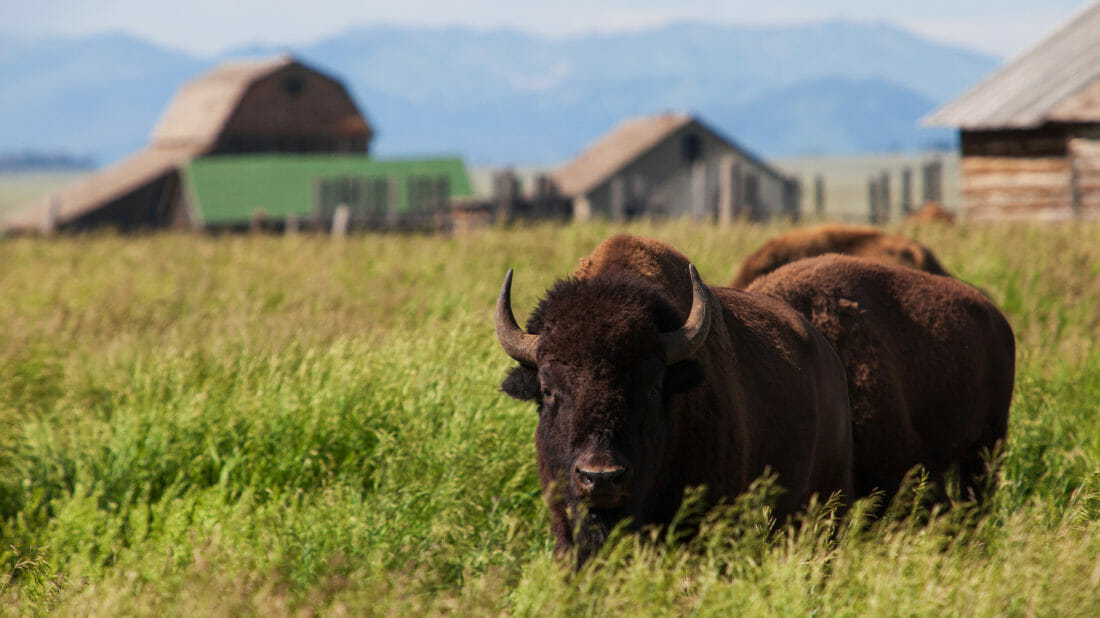
Don’t wait another second to plan your trip to Jackson Hole- you’ll wonder why you didn’t sooner!

